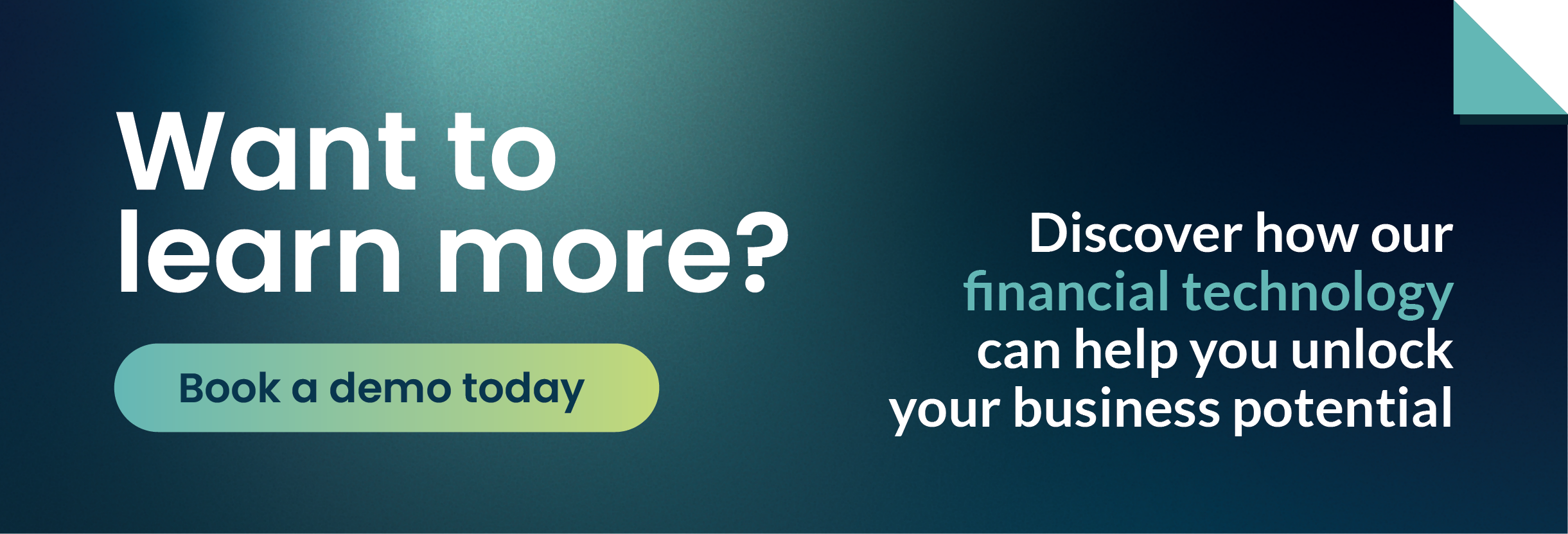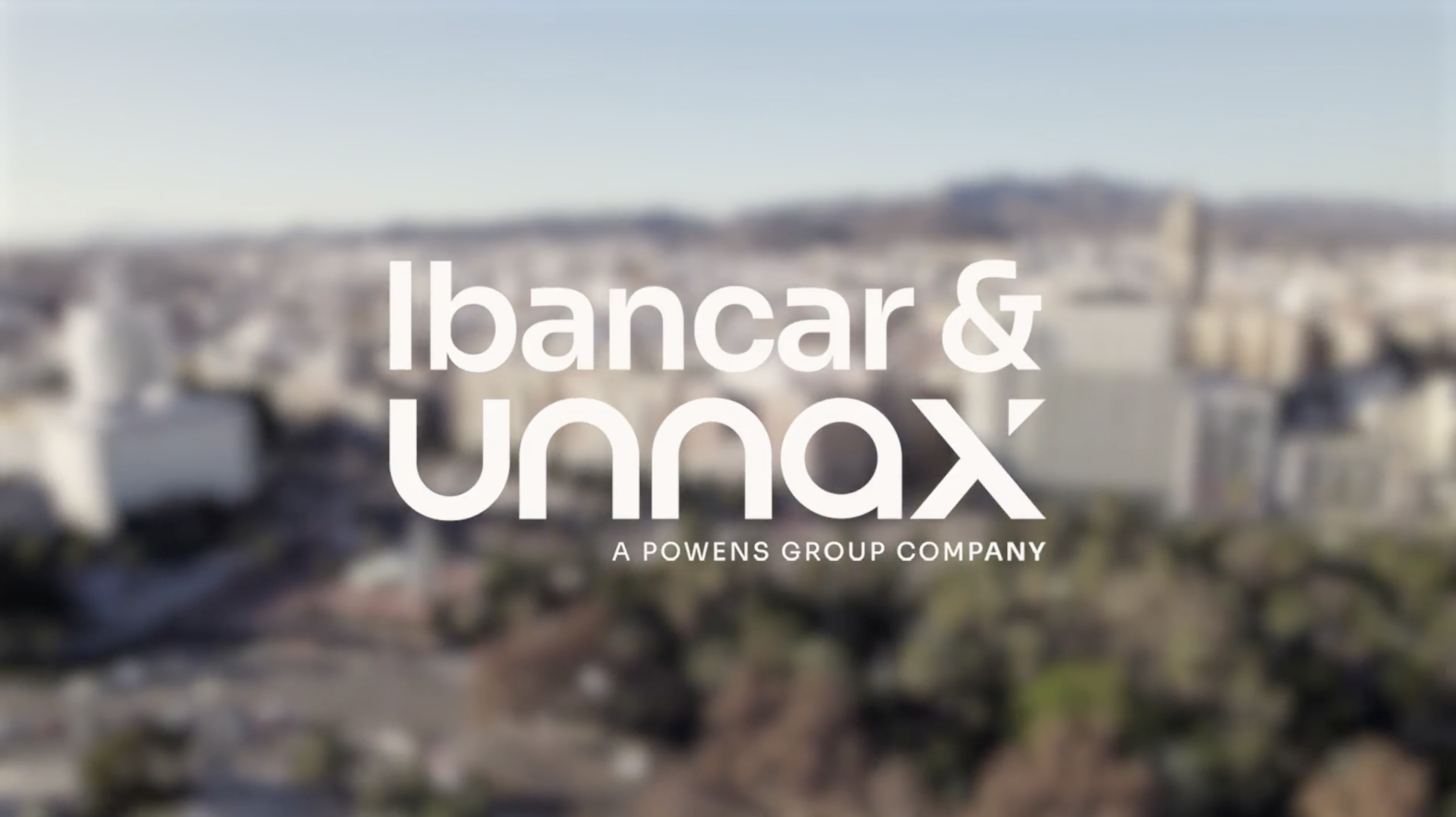Article now available in spanish.
Move over digital banking — there’s a new top trend in town.
Embedded finance is the natural evolution of the digital renaissance occurring in the financial sector. As more financial businesses embrace digital solutions and products, it is becoming increasingly easier to incorporate these into the daily lives of customers and business partners.
Whether it’s enhancing the B2C experience or facilitating new business opportunities for the B2B industry, embedded finance is the financial service of tomorrow.
In this article, we are discussing what embedded finance is and six of the top trends to watch in the embedded finance space.
Keep reading to learn how Unnax can help your business stay on top of the trends!
6 Embedded finance trends to watch in 2023
Embedded finance refers to financial services provided to customers through non-banking channels.
For example, think of an e-commerce brand that offers the ability to split payments over a series of months. To operate such a program, that brand requires the assistance of a financial services provider that can — among other things — process customer information and distribute Buy-Now-Pay-Later services to customer accounts.
As embedded finance becomes more popular and widespread, non-financial companies are seeking ways to integrate financial services into their business offering. In turn, embedded finance is becoming a more prominent presence in the daily lives of customers.
Not only this but consumer demand for embedded finance is also growing.
According to McKinsey & Company, embedded finance products can potentially account for 50% of banking revenue pools in the coming years. Moreover, demand for embedded finance products is particularly high in the realms of deposit accounts, payments, issuing, and lending.
Keeping this in mind, let’s take a look at the top six embedded finance trends for 2023:
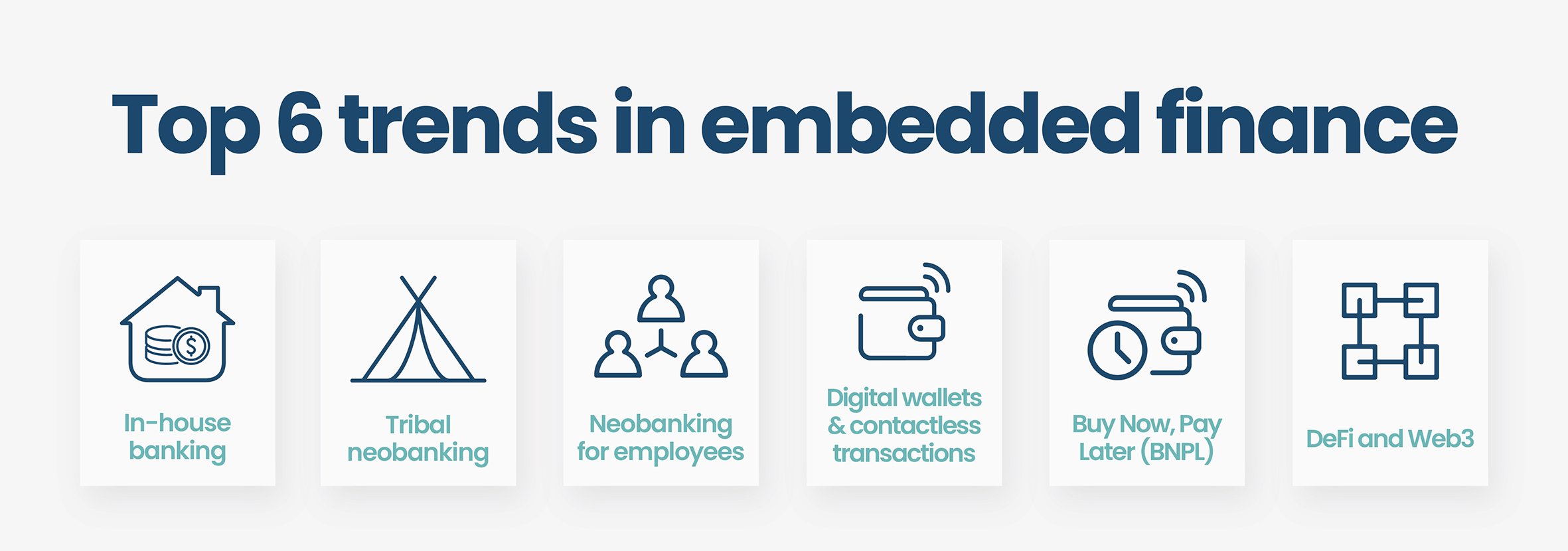
1. In-house banking
As the popularity of embedded finance grows, so does the need for in-house banking solutions.
In-house banking is helping businesses optimize and manage their cash flow by keeping all their accounts in the same place. By acting as their own internal bank, where every business unit sends, receives, and pays with money using the same IBAN, businesses can reconcile and manage cash flow in real-time.
It also helps facilitate internal loans, streamlining them and minimizing costs. As such, in-house banking offers especially huge potential for large global groups.
2. Tribal neobanking
The global neobanking market is growing rapidly, with analysts predicting it to reach a value of $359.46B in 2026.
Neobanking inherently embraces embedded finance, providing customers and businesses with financial services that are easily accessible digitally and via mobile devices.
According to the Neobanking Global Market Report 2022, business and savings accounts are the main types of accounts that make up the neobanking market, with business neobanking accounts offering services such as:
- Money management
- Bulk pay-outs
- Credits
- Detailed account insights
- International transfers
Neobanking has gone a step further in customer-centricity, creating a movement called Tribal Neobanking; where neobanks center their products and services around specific communities.
Those communities can be based on a specific industry in the case of B2B neobanks, or on sexuality, ethnicity, culture, religion or politics, or anything really for B2C neobanks. For example, Wahed was launched in the UK to bring the Islamic community halal investing while Unibo is a neobank created specifically for real estate professionals.
3. Neobanking for employees
With neobanking, a business can provide near-instant financial services to employees and partners through their preferred channels.
This has ended up with businesses launching neobanks for their teams, helping improve employee retention by offering financial flexibility, payroll advances, and easier expense reconciliation.
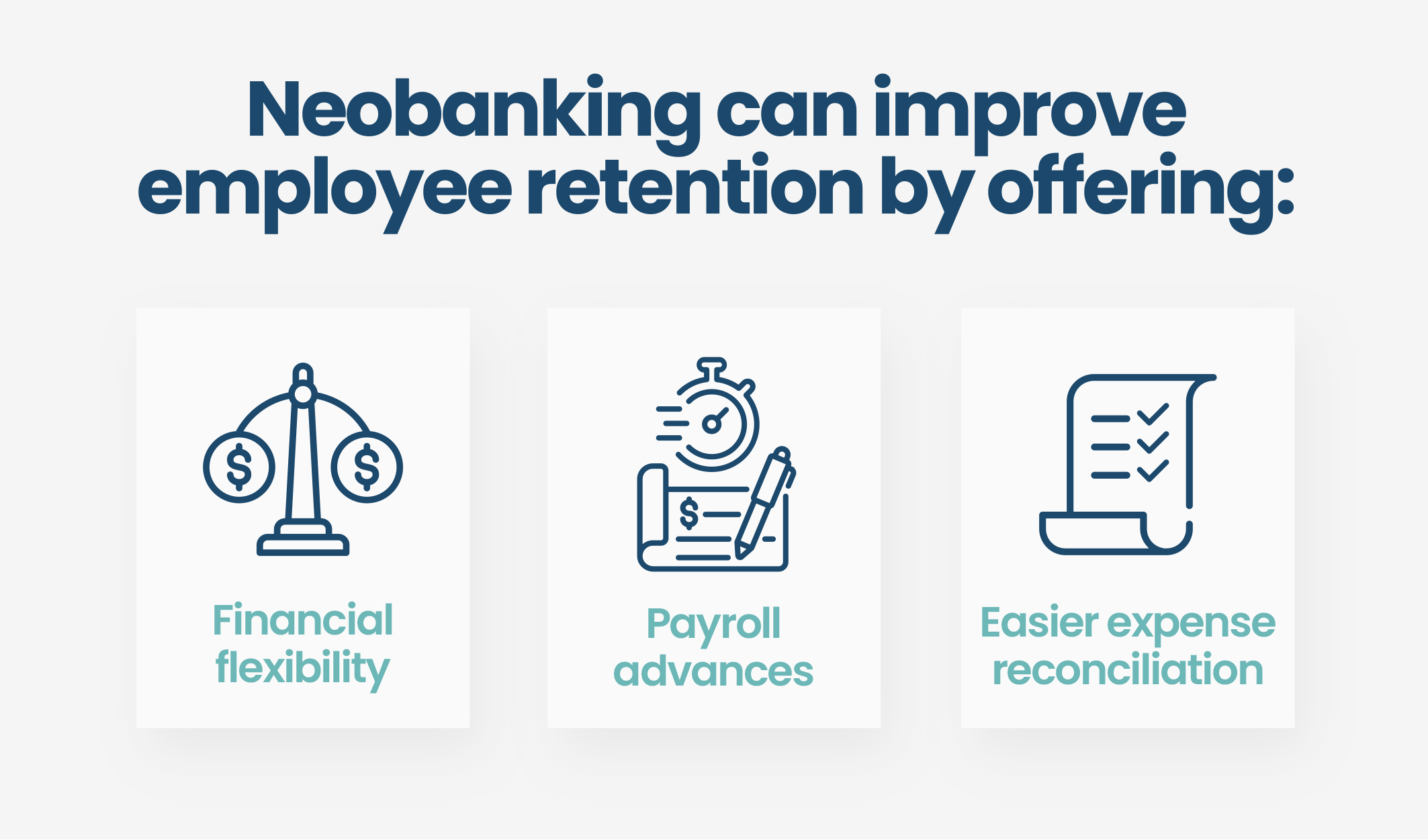
Some businesses have even created their own physical cards that can be used by employees to manage expenses. These cards will usually have a limit on the number, cost, and type of transactions made, helping control expenses.
4. Digital wallets & contactless transactions
Ever since the onset of the Covid-19 pandemic, contactless transactions have skyrocketed in popularity.
Around the globe, the market for contactless payment terminals is expected to reach $43.4B by 2026, with some of the major players being companies like MasterCard, Visa, Google, Apple, Samsung, and Amazon.
For controversial sectors like crypto, where compliance and fund withdrawal are two huge pain points, digital wallets can be a game-changer. By incorporating fiat wallets into crypto ecosystems, users are able to easily and efficiently transfer money in and out of their accounts without leaving the crypto platform. Besides accelerated withdrawal of traditional money funds, digital wallets also enable crypto platforms to safeguard their customers’ fiat money, creating more trust and confidence.
Another popular use of digital wallets making waves is their ability to be used by businesses for in-house banking. Digital wallets enable businesses to be able to reconcile revenues, manage debt, and assign accounts to employees with ease. But the use cases for digital wallets are endless, stretching from crowdfunding platforms to online marketplaces and beyond.
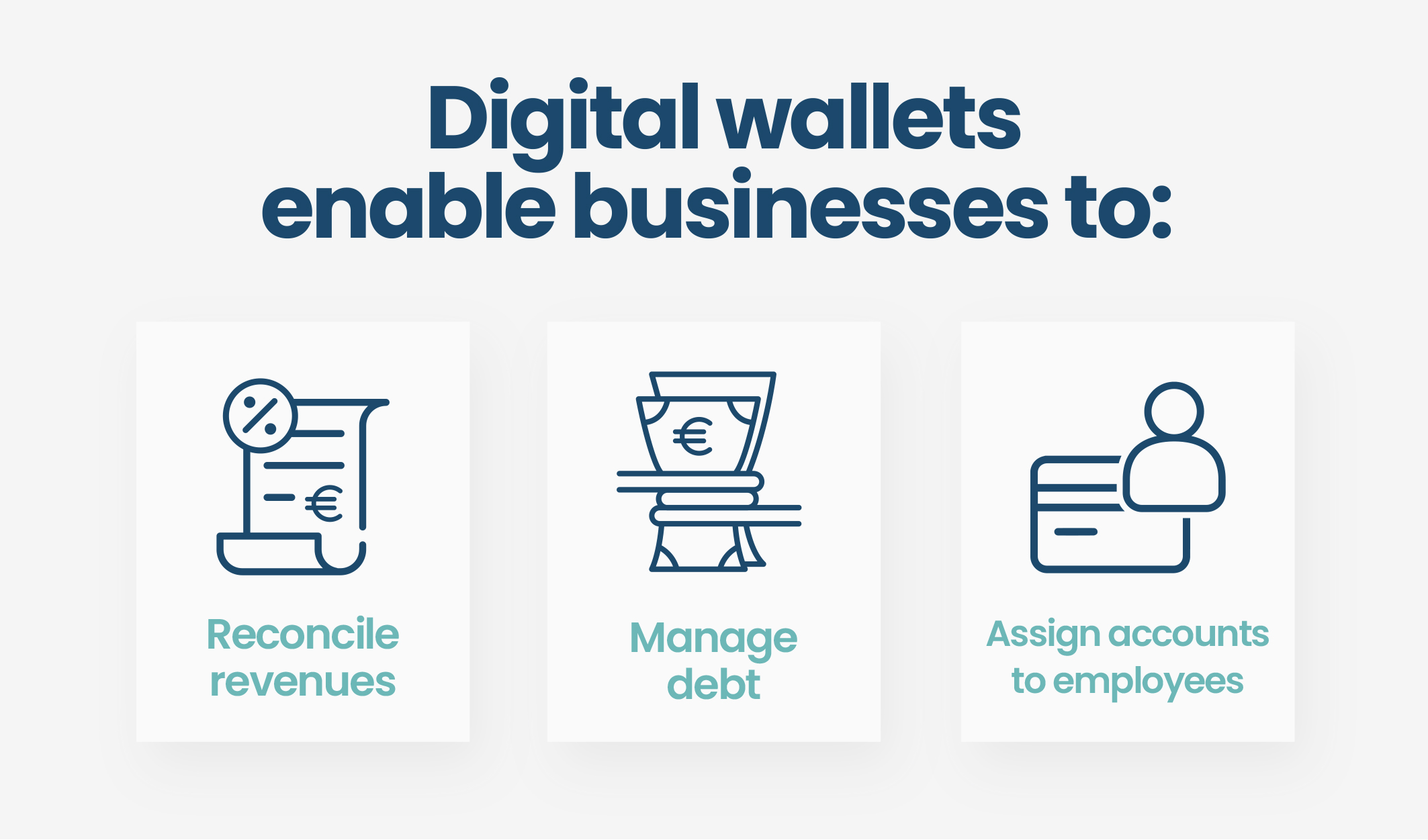
👉 Read more: Digital Wallets: What are they & how can they benefit your business?
5. Buy Now, Pay Later (BNPL)
Buy Now, Pay Later (BNPL) is an alternative payment method that is gaining massive traction, and not just because of the currently troubling economic climate with double-digit inflation rates in the EU. In fact, according to a recent report, the BNPL payments market in the UK is expected to grow by 35% annually, reaching a value of €39,600 million.
BNPL services are a type of interest-free installment loan in which a customer can break up a payment into several smaller payments, paid on a set schedule determined by the BNPL provider. This type of payment method makes online shopping and e-Commerce much more accessible and encourages greater spending thanks to the more flexible payment model.
Of course, BNPL is already quite established in the B2C sector, even starting to become regulated by the EU. As such, the B2C use case is not really new. However, what will definitely be a new trend in 2023 and beyond is that BNPL will start to creep into the B2B world. Especially in what is expected to be a difficult economic period, businesses will leverage this embedded finance product to gain a competitive advantage in two ways. First, to secure sales that they may have otherwise missed out on. And second, to stretch their own payment of invoices in order to get more cash flow management flexibility.
6. DeFi and Web3
It’s hard to deny the global impact of DeFi (decentralized finance).
From the rise of crypto to the development of Web3-based finance platforms, DeFi is a powerful force to be reckoned with.
Though the success of this platform is yet to be determined, it highlights many of the key benefits that DeFi and Web3 can offer to the embedded finance space. These benefits include:
- Seamless onboarding processes and simpler client authorization
- Low to zero-cost fees for transactions and other platform activities
- Instant payments and settlements
- Simplified international payments
And the list goes on.
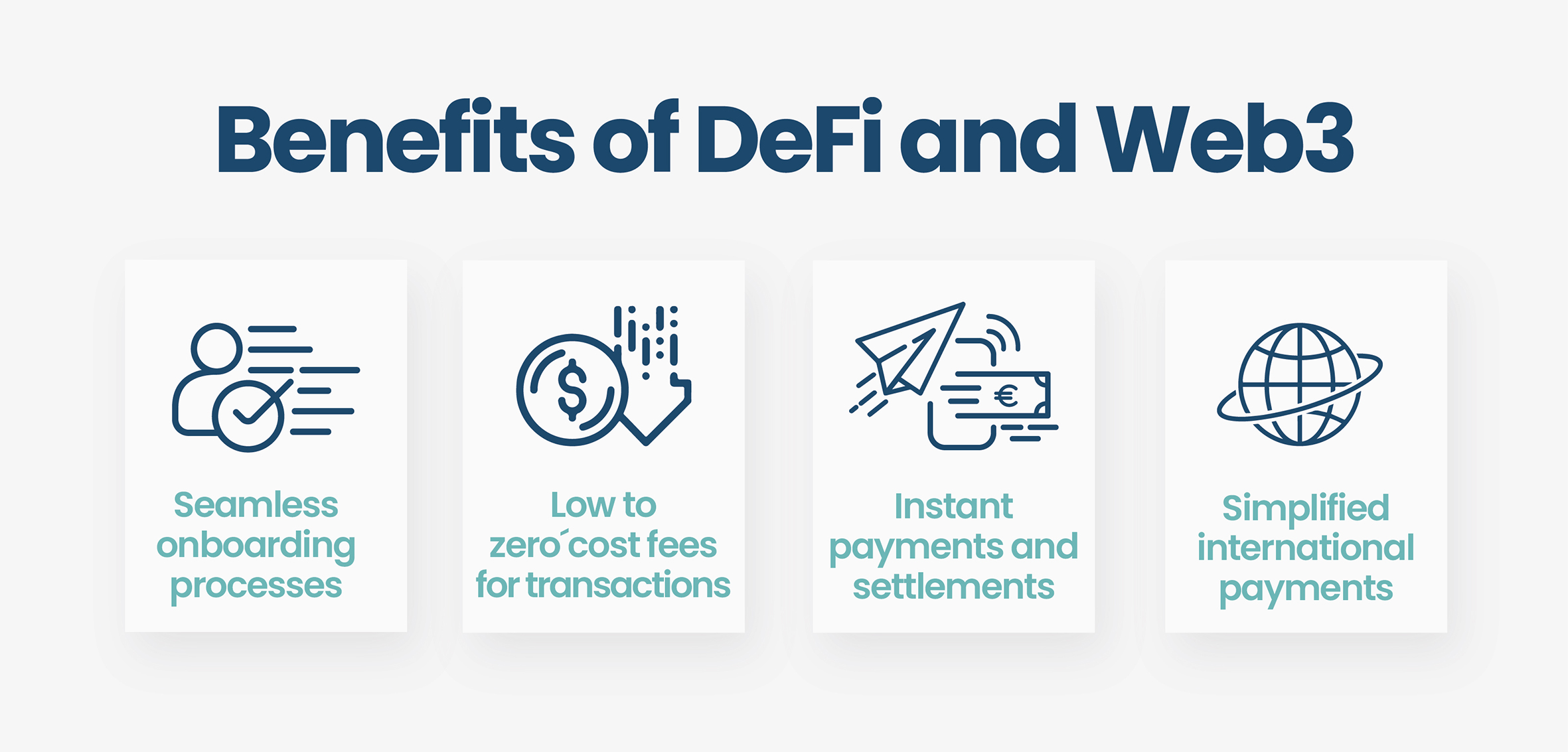
Of course, recent setbacks like the collapse of FTX, which at its peak had a valuation that rivaled that of a top-10 EU bank, clearly show there is still a lot of work ahead. However, as blockchain technology becomes more advanced — and as regulators hone in on creating frameworks to protect users better — DeFi and Web3 are sure to remain major players in embedded finance.
Final thoughts: How Unnax enables embedded finance
Embedded finance is here to stay — and is likely to be a dominant force in the coming years.
The Unnax Platform offers powerful capabilities that enable you to build better financial services. From bank aggregation and payments to onboarding and e-money services, Unnax’s single API covers all bases.
So whether you want to internally provide in-house banking services or neobanking for employees, externally offer digital wallets, or perhaps are even building your own tribal neobank, Unnax can help.
Unnax’s API and technology are easy to integrate and make scaling your business a breeze. Get started today by contacting the Unnax team to learn more.


